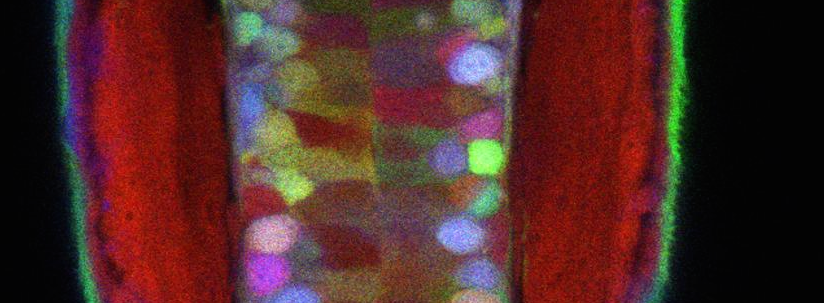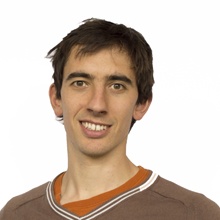
My day-to-day work as a research scientist involves looking down microscopes at developing organisms, reading papers about the latest discoveries in developmental biology and meeting colleagues and collaborators to discuss new ideas. It is a job that I love!
It is also a job that I find closely aligned with my values and vocation as a Christian. However, this is a more of a general feeling that I have, rather than something that I have thought about directly. Indeed, although I sense that my scientific and faith journeys are somehow intertwined, they rarely overlap directly.
I had the opportunity to think more concretely about the intersection of my science and faith in July, when I attended a workshop at the Faraday Institute for Science and Religion. The workshop was entitled “Communicating Big Questions in Science and Faith”, and aimed to equip scientists, like me, with the necessary skills to communicate science to a religious audience, and faith to a scientific audience. I was exposed to new ideas about the intersection between science and faith, I learnt practical tips for communicating, and I had the pleasure of meeting others who were both scientists and people of faith.
Back at work, I started to notice how much of my day-to-day life as a scientist inspires me in a journey of faith. I’d like to share three examples with you.
The first is about wonder. A lot of what I do at work is rather mundane – setting up experiments, analysing data and answering emails. But a fair bit is also wonder-ful. I study how embryos develop by imaging them – I put them under a microscope and directly watch them transform from a simple, single-celled embryo into a functioning, responding and complex adult animal. It is mesmerising to watch – see for yourself https://www.youtube.com/watch?v=oKyKjmiZANc& and https://www.youtube.com/watch?v=4c-Kw4timVA. How might I express this sense of wonder? Perhaps:
How many are your works, LORD! In wisdom you made them all; the earth is full of your creatures. There is the sea, vast and spacious, teeming with creatures beyond number— living things both large and small.
Psalm 104:24-25
The second story is about being humble. Scientists build theories and models of how the world works. For example, in my PhD I developed a model for how the spinal cord ‘knows’ how to grow to the right size. We need experiments to test these models, and in my case the experiments suggested that my model was not quite right. Something more interesting and unexpected was going on. As a scientist, my experiments teach me to be humble and ready to let go of my own ideas if new data comes to light. There is a sense of something bigger, science with a capital S, that is at work. I feel this sense of something bigger is similar to the feeling that I would call the presence of God – experiencing my smallness and the greatness of the God who“guides the humble in what is right and teaches them his way”(Psalm 25:9).
The final example is about service. With many colleagues throughout the world, I belong to a community of scientists that is trying to understand the world and how to use this understanding to improve the lives of both humans and animals. On the day-to-day it can be mundane and difficult, but also wonderful and humbling. As the months and years go by, it is starting to feel like a vocation and a privilege. Again, the Psalmist puts it so well:
Hallelujah!
You who serve God, praise God!
Just to speak his name is praise!
Just to remember God is a blessing—
now and tomorrow and always.
From east to west, from dawn to dusk,
keep lifting all your praises to God!Psalm 113:1-3

Tom Hiscock is a research scientist trying to understand how embryos develop into animals. I started life as a single-celled embryo in the small town of Battle on the south coast (of ‘Battle of Hastings’ fame). Since then, science has taken me on many adventures and to many places, including Boston USA where I trained, and Cambridge UK where I currently work.